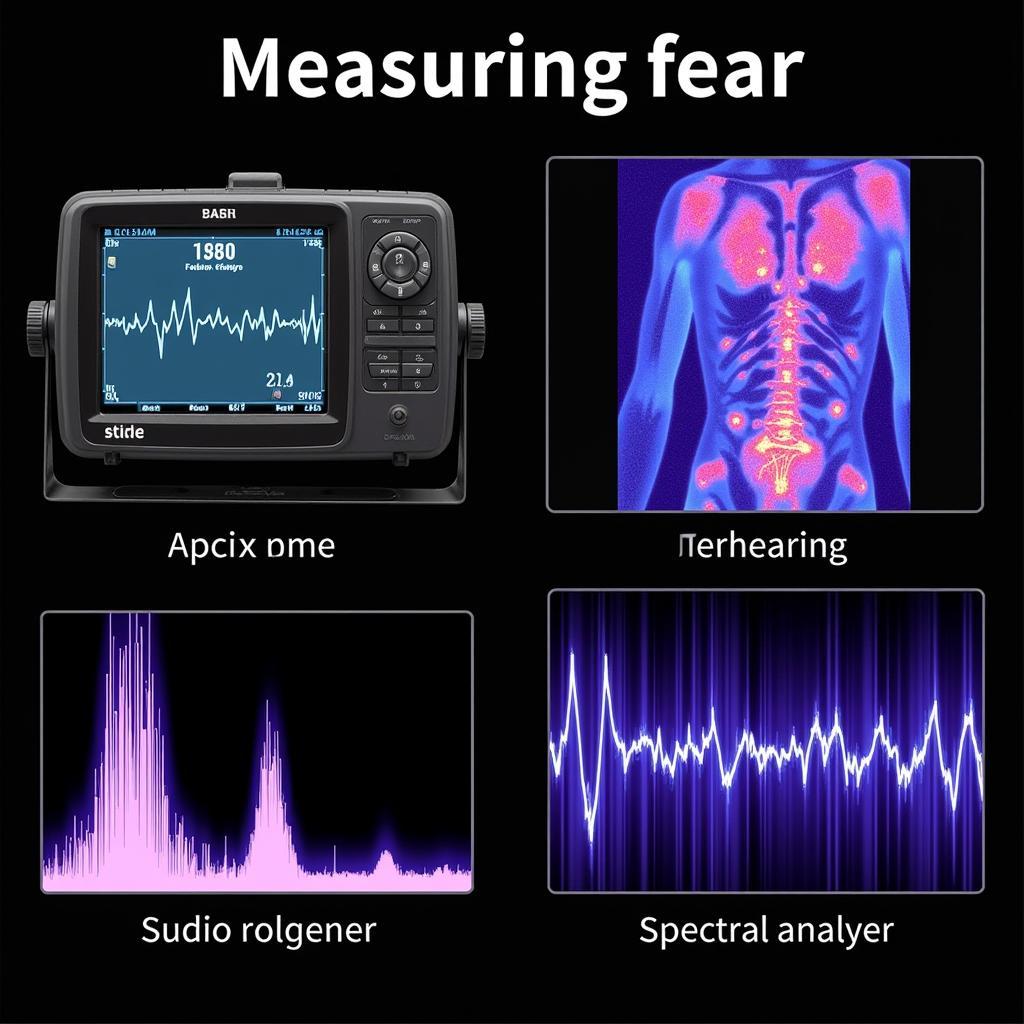Operational definitions are the backbone of any rigorous research endeavor, especially in the fascinating world of paranormal investigation. But what exactly are they, and why are they so crucial for unraveling the mysteries of the unknown?
 Operational Definitions in Research
Operational Definitions in Research
The What and Why of Operational Definitions
In simplest terms, an operational definition takes an abstract concept and transforms it into something concrete and measurable. Think of it like this: imagine trying to study “fear” in a haunted asylum. Fear, in itself, is an emotion, invisible to the naked eye. An operational definition would specify how to measure “fear,” perhaps through physiological responses like heart rate, sweat gland activity, or even changes in vocal tone.
 Measuring Fear in Paranormal Investigation
Measuring Fear in Paranormal Investigation
Operational Definitions: A Bridge Between the Abstract and the Measurable
Why is this so important, you ask? Because without clear operational definitions, research becomes muddled, subjective, and prone to bias. If we don’t define what we’re looking for, how can we hope to find it, let alone convince others of its existence?
Let’s say you’re investigating claims of a “ghostly presence” in a historic home. A vague definition like “a feeling of unease” is open to interpretation and difficult to quantify. However, an operational definition might specify “a sudden drop in temperature of at least 5 degrees Celsius,” or “an electromagnetic field spike exceeding 10 milligauss.” These measurable changes provide concrete data points for analysis.
Crafting Effective Operational Definitions for Paranormal Research
Developing robust operational definitions for Paranormal Research can be particularly challenging. After all, we’re dealing with phenomena that often defy conventional scientific understanding.
Here are some key considerations:
- Objectivity is Key: Choose measurable indicators that are not reliant on personal interpretation.
- Consider the Context: The same phenomenon might manifest differently in different environments or situations.
- Be Specific: Avoid ambiguous language and define the limits of your measurement.
- Pilot Test: Test your operational definitions in the field to ensure they are practical and reliable.
“When investigating Electronic Voice Phenomena (EVP), I always establish clear parameters for what constitutes a genuine anomaly,” explains Dr. Emily Carter, a leading researcher in parapsychology. “Background noise, radio interference, and even natural sounds can easily be mistaken for paranormal voices. By meticulously filtering out these extraneous factors, we can focus on analyzing potentially authentic EVP recordings.”
Operational Definitions: Your Allies in the Quest for Truth
Operational definitions are not just technicalities; they are the very foundation upon which sound research is built. By embracing their power, paranormal investigators can elevate their work, moving beyond subjective anecdotes to a realm of greater scientific rigor.
Remember, in the pursuit of the unknown, clarity is paramount. By defining our terms, we illuminate the path towards understanding the mysteries that lie beyond our current comprehension.